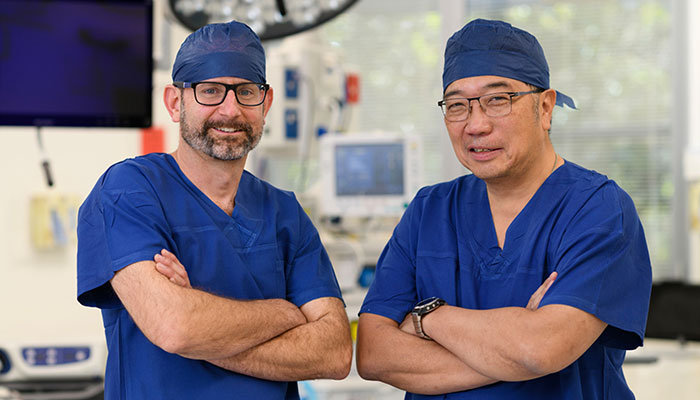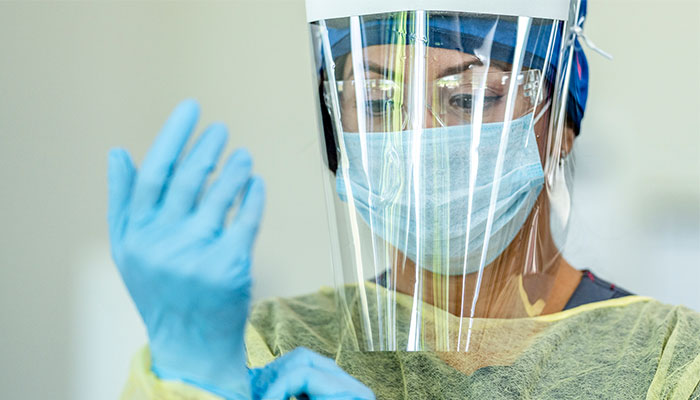When Yellow Wiggle’s Greg Page's heart stopped suddenly and he collapsed on stage, 23 year-old nurse Grace Jones rushed to his aid using a defibrillator to help save his life.
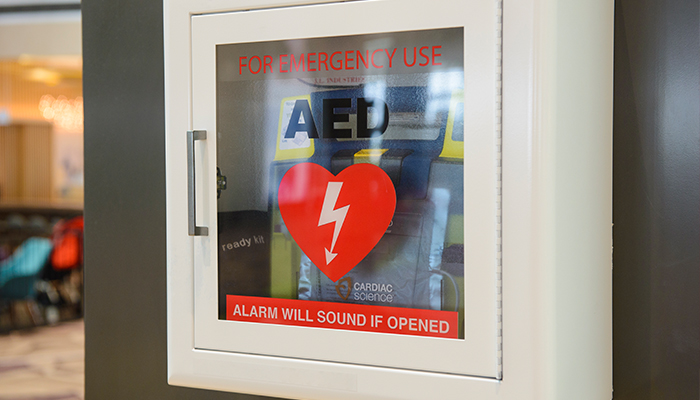
How to save a life: Having a defibrillator in your workplace or community club can make the difference between life and death.
But how many of us would know what to do in the same situation?
Page was one of the estimated 20,000 Australians who have a cardiac arrest outside a hospital every year. Fortunately, Page’s drummer was trained in CPR (cardio-pulmonary resuscitation) and Ms Jones' expert knowledge in how to use an automated external defibrillator (AED) with CPR kept the musician alive until paramedics arrived some 20 minutes later.
Currently, only around 10 per cent of people who suffer cardiac arrest outside hospital survive. While Greg Page luckily had qualified people around him, the good news is AEDs include visual and voice prompts, and are designed to be used by anyone.
“You don’t need to have resuscitation training to apply an AED and save the life of a person in cardiac arrest,” says Dr Grant Shalaby, a cardiologist and senior lecturer at Macquarie University's Faculty of Medicine and Health Sciences.
In cardiac arrest, time is critical - the first minute is the golden minute.Continuing CPR gives them the best chance of recovery while you send someone to locate a defibrillator.
Dr Shalaby says that in cardiac arrest, the electrical and mechanical systems of the heart fail.
“The heart can’t deliver enough blood around the heart and around the body, blood pressure collapses, blood doesn’t reach the brain, so people then lose consciousness and soon die,” he says.
What to do when someone has a cardiac arrest
“If you are nearby when someone collapses, the first step is to check if they are able to be roused, and have a pulse,” Dr Shalaby explained.
“In cardiac arrest, time is critical - every second that your heart, brain and other organs don’t have blood flow, they are damaged. Within a few minutes, you will develop irreversible damage. The first minute is the golden minute.
“If a person is not breathing and they have no pulse, don’t leave them; call 000 for help and start CPR as soon as possible. Continuing CPR gives them the best chance of recovery while you send someone to locate an AED,” he says.
If there’s no-one around who knows CPR, the AED can be used without it, he says; but using both gives the person the best chance.
The AED can be used on anyone, even children and has an inbuilt algorithm to analyse the person’s heart and will recommend delivery of the appropriate shock level, he says.
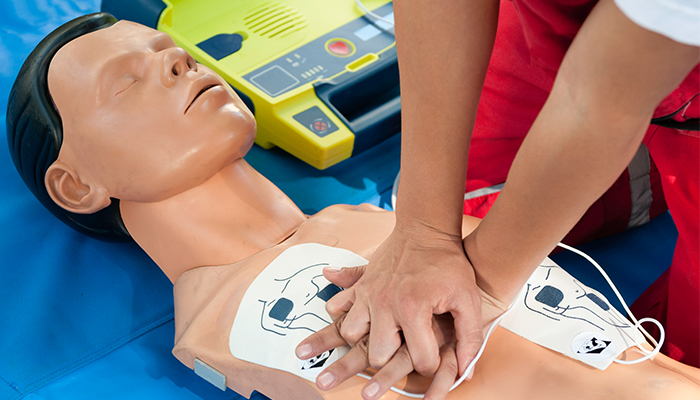
User-friendly device: Using CPR and an automated external defibrillator gives a person the best chance of survival, says Macquarie University cardiologist Dr Grant Shalaby.
“You don’t need to be trained as a nurse or paramedic, or have any experience, to use one of those machines,” he says.
“When the heart has stopped beating, every second counts. Grab the AED, turn it on, and follow the instructions.
The AED will tell you to remove all the clothing from a person’s chest, peel the plastic from the pads and apply the sticky pads to the person’s bare skin as shown in a diagram on the device.
CPR can then be paused while the AED assesses the person’s heart rhythm. The AED will give a warning to stand back while the shock is applied.
“You shouldn’t be touching the person at this stage, it’s possible to get an electric shock transferred,” says Dr Shalaby.
The AED then tells you to keep doing CPR for two minutes and then analyse the heartbeat again.
In Greg Page’s case, the AED was used three times, with CPR continuing in between, before the ambulance arrived.
“CPR together with an AED gives someone in cardiac arrest the best chance for a good outcome,” says Dr Shalaby.
Risk factors
“Survival rates for people who have a cardiac arrest outside hospital are getting better thanks to public awareness and people attending courses on CPR and advanced life support, but also because there are individuals and community groups advocating for more automated external defibrillators to be available in public places,” says Dr Shalaby.
Emergency response helps – but Dr Shalaby says the best scenario is to prevent cardiac arrest events before they occur.
A biannual heart health check with a GP is recommended for anyone over 45, he says. High-risk people are then identified and referred for further testing.
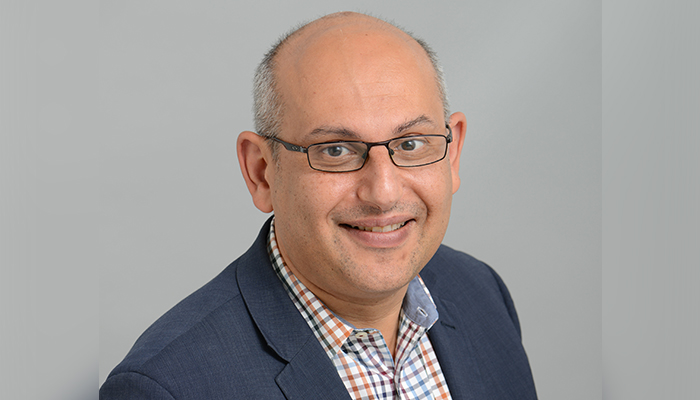
Life saving tips: Dr Grant Shalaby says taking action in the first minute after a heart attack is critical - within a few minutes, irreversible damage can take place.
Greg Page, who at 47 is the youngest of the original Wiggles, is at the younger end of the spectrum for cardiac risk, says Dr Shalaby. “The strongest risk factor for cardiac arrest is age.”
The commonest cause of heart disease in our community is coronary artery disease, or, as many in the community would call it, “blocked arteries”. In many cases, he says, there are signs beforehand. “A person may have some chest discomfort particularly on exertion, and they then get worsening episodes, which we call angina.”
Eventually, the person has a myocardial infarction – known as a ‘heart attack’, he says. “Areas of the heart muscle are damaged, which can generate an abnormal cardiac rhythm. If this occurs, the person feels dizzy and can then collapse.”
The symptoms of people who have coronary artery disease are usually worsened by exertion, he adds. “Not all people have typical symptoms however; people can wake in the middle of the night with a cardiac event, others can even experience a shock or a strongly emotional event.”
Apparently Greg Page had no history of heart disease. “We find that there’s no warning for about 20 per cent of patients, they may have a ‘heart attack’ as their first cardiac event.”
He is hopeful that as more AEDs are available in public places and more people become aware of how to save lives, that survival rates for cardiac arrest become higher.
Grant Shalaby is a cardiologist in the Faculty of Medicine and Health Sciences at Macquarie University.

